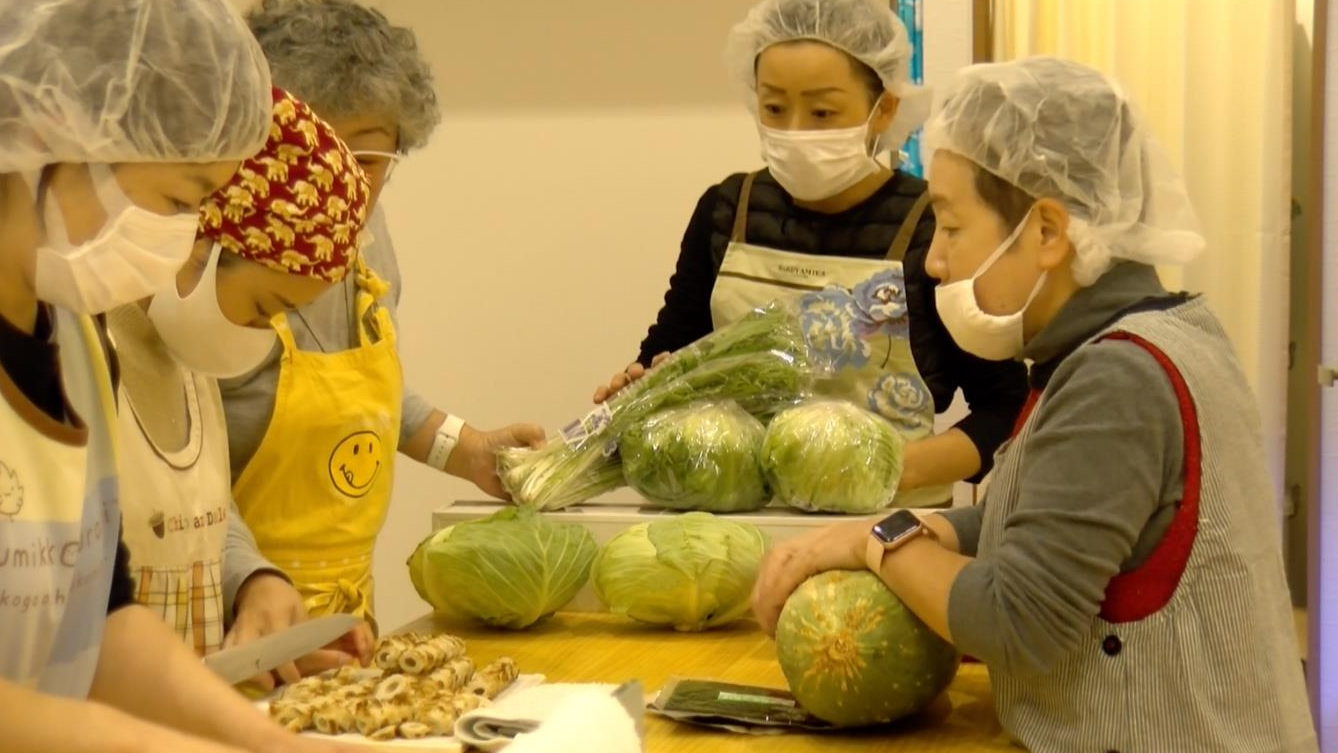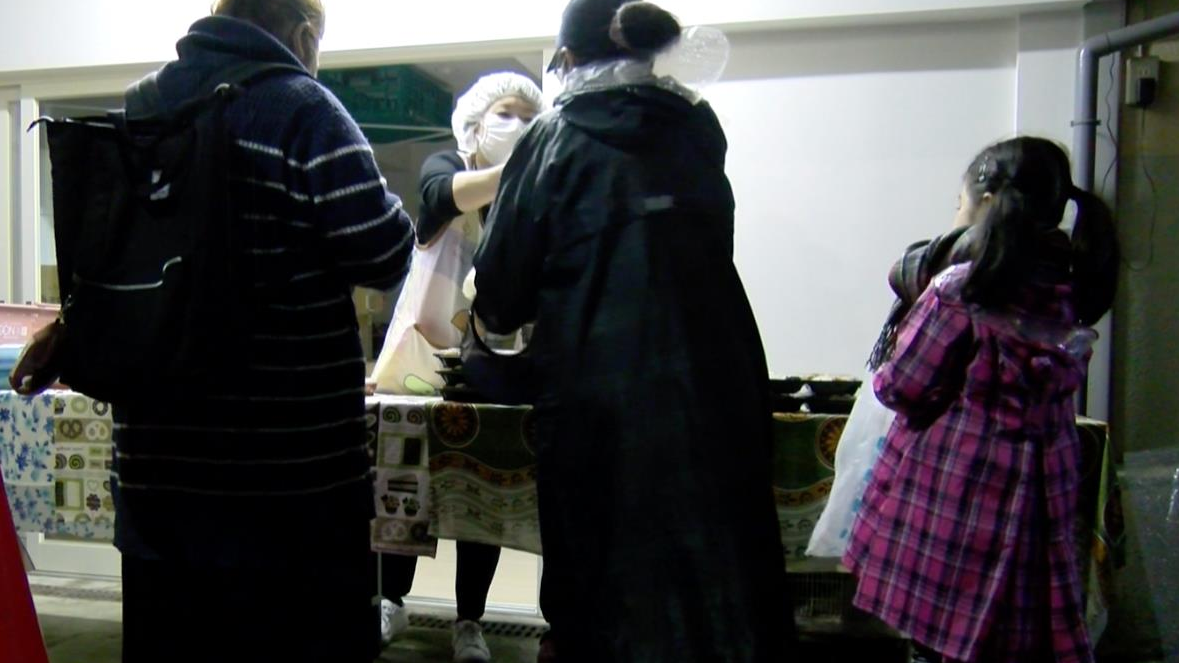
With approximately one in seven children living in a state of poverty, Japan has one of the highest child poverty rates in the developed world. Government data shows as of May 2017, 16 percent of Japanese children live below the poverty line. Kodomo Shokudos or "Children's Cafeterias" are looking to provide a grass-roots approach to solving that problem.
What started as a small initiative in a residential backstreet eight years ago has now spread nationwide, with 3700 children's cafeterias operating across Japan. The cafeterias serve as food banks, providing hearty meals for a reduced price - often free for children.
"Even here in Tokyo - one in ten children suffer from poverty," said Masami Inotsume, the chairperson of 'Kids Mirai Project', the non-profit organization behind the cafeterias. "They can't eat till they're full, and their mothers skip meals to feed the children. We started the cafeteria because we wanted these growing children to be able to have balanced meals."
Once a week, a group of volunteers gathers at an undisclosed location in Tokyo's Shinjuku district. They prepare meals with donated ingredients and package meals for about 45 people.
"Some of the cafeterias are open - which means the location and schedules are open to the public. But others are closed - and private. We do this because of the stigma for families facing economic difficulties," said Inotsume.

A child and her parents collect a meal from a charity organization in Tokyo. /Grace Lee
A child and her parents collect a meal from a charity organization in Tokyo. /Grace Lee
The volunteers are hoping to raise awareness on the issue of child poverty in Japan, the world's third-largest economy. The rate of child poverty has been rising since the 1980s. But it's an issue that's been rarely talked about on the government level. In 2019, it was announced that the government would carry out its first-ever national survey on child poverty in fiscal 2020. Experts estimate the pandemic has taken a further toll on children's living conditions.
"Poverty in Japan has been increasing since the 90s, after the collapse of the bubble economy," said Kohei Komamura, a professor at Keio University. "There have been growing systemic problems, like more and more people working part-time. Their children will likely experience poverty, and it's a cycle. For families in severe poverty, they can get some public assistance, but there's no guaranteed governmental financial support specifically for low-income families."
The cafeterias are run purely on donations from individuals and non-profit organizations, and organizers say they have been struggling to find funds amid the pandemic.
"We'd usually serve the meals in-house and let people eat here - but we had to shut that down due to the pandemic," said Inotsume. "It was impossible to get young children to eat quietly. Now we hand out Japanese' bentos', or lunchboxes - to take away."
Despite the infection risks, many volunteers still gather regularly to try and provide the meals.